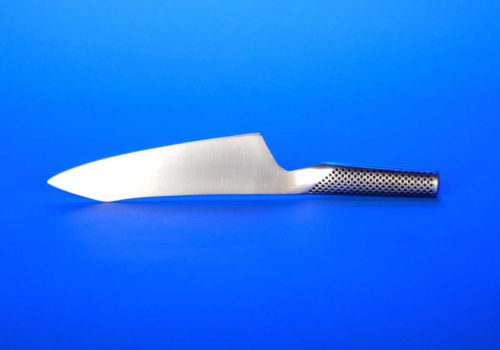Neil Winokur is an archetypal urban specimen, late twentieth-century model. Born in Queens, New York, in 1945; educated in city public schools and at the Bronx campus of Hunter College (where he got his BA in 1967 with a major in math and physics), Winokur has lived in New York nearly all his life save for the requisite hippy year (1971 in his case) in San Francisco. “I function best here,” he says.
“I’ve never lived in the country; I think I’d be a fish out of water.” After college, in between working at a draft-deterred job at a Lockheed plat in New Jersey, and briefly at New York City’s Department of Social Services as a social worker, Winokur began making photographs with a roommate’s Pentax. “That movie Blow-up was big,” he remembers, “and everybody thought, Oh I’ll be a photojournalist. But I never thought that I’d be a photographer.” And for several years he wasn’t, except in the most offhand way. But early in the seventies, Winokur, who had begun his own darkroom. He’s been working off and on at New York’s legendary second-hand bookstore, the Strand, when he got a job in the darkroom of a Soho photographer who specialized in pictures of art and gallery installations.
It was her Winokur first learned to operate a large view camera and to develop and print professionally in black and white. But working all day of other photographer’s prints (including those of Robert Mapplethorpe early in his career) usually left Winokur too drained to pursue his own work, so he returned to the Strand (where he’s currently one of its top managers), bought his own 4×5 view camera, and launched his first color project at the beginning of the eighties. Because his super glossy, color-saturated, frankly descriptive, coolly deadpan, life-sized head shots were like no one else’s, Winokur landed in key group shows very early in his career, notably a 1982 German roundup of contemporary portrait work called “Lichtbildnisse” and the Grey Gallery’s prescient “Faces Photographed” the same year, where he hung alongside Robert Mapplethorpe, Nan Goldin, Peter Hujar, Bruce Weber, John Coplans, and several significant others.
Though four years passed before his first solo show, Winokur was hardly going unnoticed (the hip celebrity of many of his subjects – Andy Warhol, Cindy Sherman, Holly Solomon, Philip Glass, and Mary Boone among them – didn’t hurt). He was in eighteen group shows in the intervening years, including a number of important international surveys that established the postmodern critique of the psychological portrait. By the time Barbara Toll mounted his first New York solo show in 1986, Winokur was shoring up his portraits with equally straightforward, garishly colored pictures of objects chosen by his sitters to amplify however imperfectly, their identity. Framing each image separately, he’d arrange them in various configurations (a cross, a pyramid, a box) he called “totems” or as horizontal triptychs that flanked a large, full-length seated portrait with panels of objects, like classic altarpieces. In one series, which Winokur describes as salon-style portraits, the subject was seated surrounded by favorite possessions in the same large frame, suggesting an Egyptian prepared for immediate entombment.
The careful attention Winokur devoted to his individual pictures of people’s possessions resulted, inevitably, in a 1990 show devoted only to huge pictures of objects, a number of which are reproduced here: the glass of water, the high-heeled show, the egg. Many more of the still lifes in this book come from another,simultaneous 1990 installation Winokur did at Janet Borden’s New York gallery called “Self-Portrait.” Forty identically shaped and framed photos—from a teddy bear and a lit menorah to a dog-eared copy of On the Road and a hash pipe—added up to a witty portrait of the artist and, by extension, his generation. Twenty of the elements in “Self-Portrait.” including Winokur’s pictures of himself, his wife, and his cat, were given a wall to themselves at the Museum of Modern Art’s baby-boomers-come-of-age show, “Pleasures and Terrors of Domestic Comfort.” One of Winokur’s cleverest early “totems” involved a dog and its possessions (a bone, a rubber toy, a box of liver treats, a tennis ball), so his 1992 show of dog photos wasn’t entirely unexpected, But as the many examples here show, Winokur’s dog portraits are the emotional flip side of his people portraits. Bursting with an expressiveness and enthusiasm deliberately squelched in his human sitters.
Winokur’s dogs overturn his chilly pop formalism to expose its undefended, playful side. With the dog pictures and a more recent designed as a memorial to a friend who died of AIDS, Winokur seems to be moving warily into more unrestrained and personal material. A repeated image from the memorial show – neatly sums up grief, remembrance, and hope. Like so much else here, its a sign that Winokur, the portraitist who continues to slyly subvert the genre, has also become a photographer of unexpectedly eloquent still lifes.
– Vince Aletti
EXHIBITION
31 essential items by Neil Winokur
9 May – 19 June 2015
Janet Borden Inc.
560 Broadway
New York, NY 10012
















